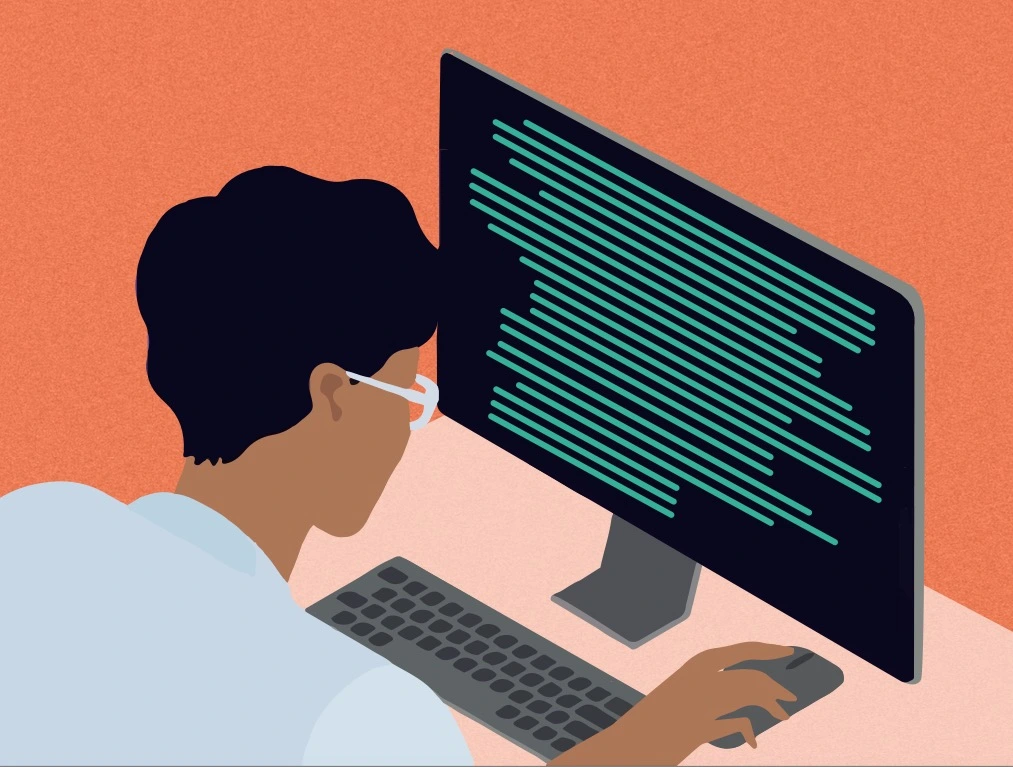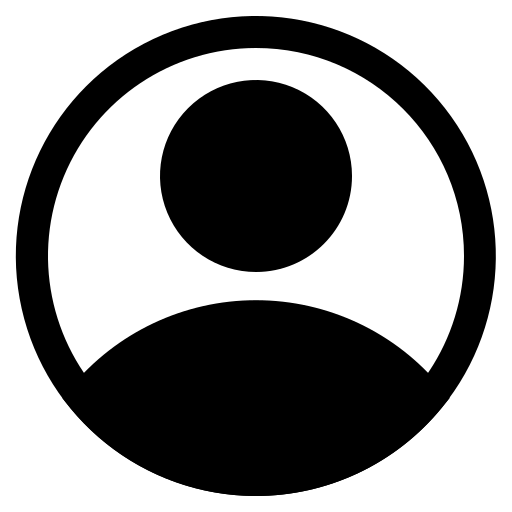

Jurriaan van Reeuwijk
2023-05-01
In the past decades the digital world has experienced incredible growth. Not just the usage of web browsers and social media by consumers, but also in corporate environments, our society and in industry. In all of these fields there are “smart” devices running operations, all of these devices have been coded to fulfil specific tasks. Whether it is a traffic light or a smartphone, a modern thermostat or an ATM they all run on some written code. And those examples are only the tip of the giant coding iceberg, most of the lines of code are written for applications. Take for instance the Google search engine, online banking apps or big data analytics of consumer behaviour. All of them, and many more, run on lines and lines of code written, developed and maintained by huge teams of programmers and developers. And their numbers keep on growing! According to an American survey the amount of jobs concerning programming will increase by 21% between the years of 2018 and 2028 in the USA alone. Now, this may not seem like that much but if you compare it to the average growth rate of other sectors, it is up to four times as high. Frankly we are programming like crazy and it is only getting more. But who are the mysterious programmers behind those billions of lines of code?
The image of programmers all being geeky computer nerds hasn’t been accurate for quite some time now. This image is a rudiment from the time when computers were new, and incomprehensible for the “everyday” person. Huge magic boxes used by accountants and stock brokers to predict the future based on numbers. There was little to no official education on how to become a programmer, and so most programmers in those early days had taught themselves how to do it. Nowadays this has completely changed, with the explosive increase in demand for programmers and developers came the increase in universities offering studies in computer science, they caught on quickly. On top of that computers were becoming more and more regular in the homes of people across the world. With the help of open-source programming languages anyone could now become a home-schooled programmer! The many applications of programming were rapidly becoming apparent and the dusty geeky image which surrounded programming began to fade. For the most part at least, for a lot of people programming is still an incomprehensible mystery only to be understood by the exceptionally smart. Which in all honesty is not that far from the truth.
Because programming can be learned by anyone, but it isn’t easy. This is also reflected in the level of education among professional programmers. Almost half of the people working in the IT-sector have at least finished a bachelor's degree, and almost a quarter of the IT-professionals have even finished a master's degree. Taking this into account we can say that the profession of programming is among the highest educated professions there is. However this does not mean that a high education is the only, or even the best way, to learn how to program. On the contrary, it isn’t even the most common one. According to the Stack Overflow Survey of 2021 almost 60% has used blogs and online videos to learn or improve their programming skills. Whereas only half of them have done so via an actual education. Most programmers and developers don’t just learn through school and universities, but mostly from each other via online platforms. This is an indication that programmers are actually very social people who are able to share their findings and learn from each other’s work.
Because of the fact that programming languages are constantly changing and evolving or even new ones being created, a programmer has to be able to adapt to changes very often and fast. Being able to adapt to these changes is one of the most important aspects of being a good programmer. This need for fast changes has even led to the creation of multiple new ways of communicating and working together. SCRUM for instance is a way of working on a project in short “sprints”, each sprint directly adds value to the project. SCRUM was initially created by and for programmers, but has been integrated into many projects of many different sectors. Because adaptability is such an important part of programming it may not come as a surprise that most programmers are young. Almost half of all programmers are between 25 and 34 years old, 20% are even younger than that. This also is a direct consequence of programming itself being relatively young. Most people over the age of 40 were alive for the biggest part of the development of programming. And like everything else, programming is easier to learn when you are young. This also becomes evident when asked at what age programmers programmed their first lines of code. More than half of the programmers indicate that they were between 11 and 17 years old. The same goes for our programmers at Kojac, they are young, learn fast and are always up to date with the newest developments in the programming world.
These were some interesting facts which hopefully gave some insight into the identity of the programmers behind the lines of code which make up such a big part of our life. Not the redundant image of anti-social geeks. But rather highly educated people who are able to adapt fast and to almost any situation and not only learn from education, but mainly from each other and in doing so have created multiple ways of communicating and efficiently working in a team. Programmers are young and ambitious and curious and always willing to learn new things to add to their skillset. These qualities are also what we are looking for in our programmers at Kojac.